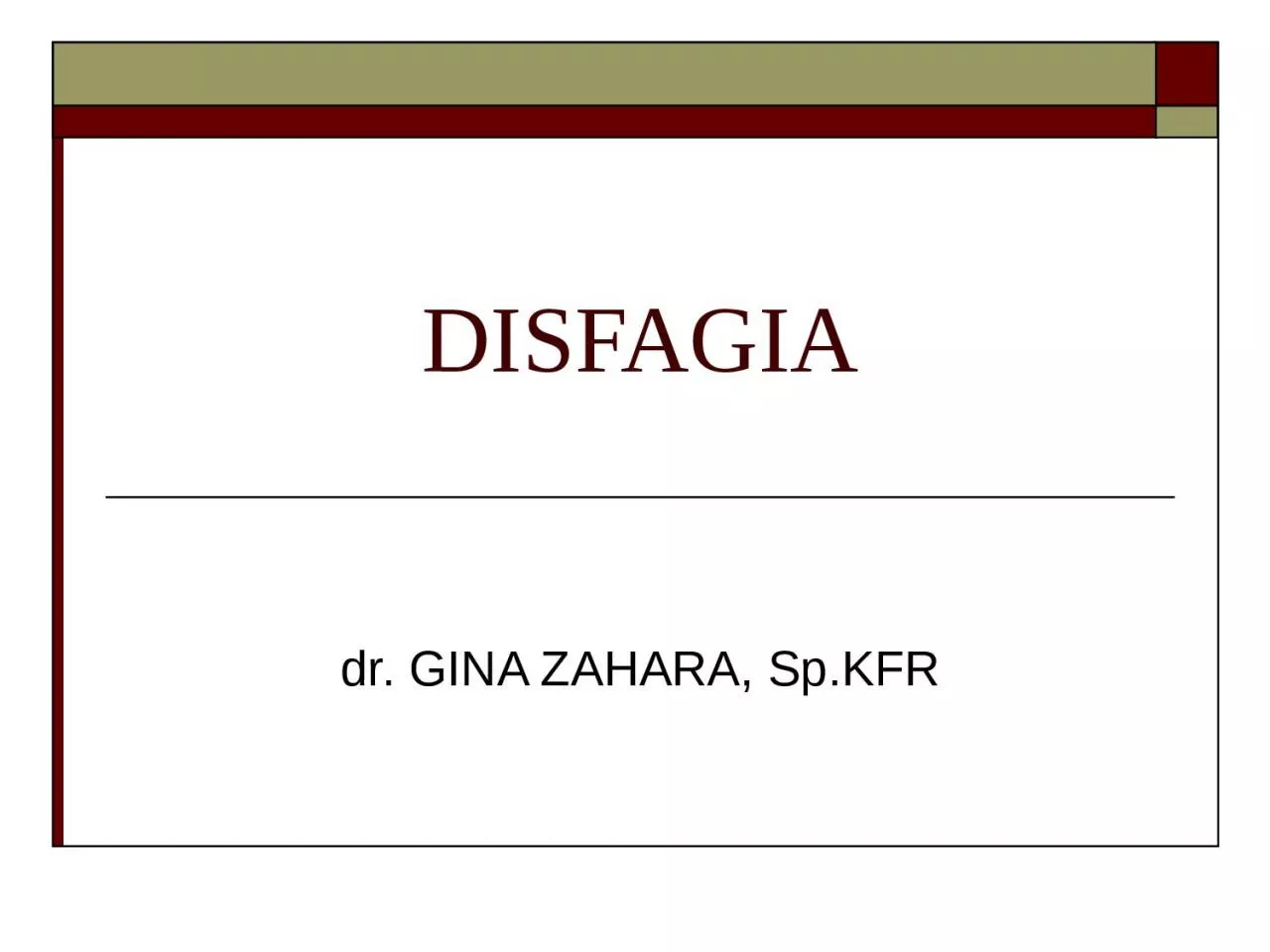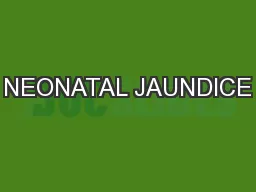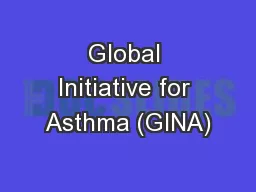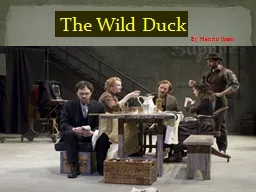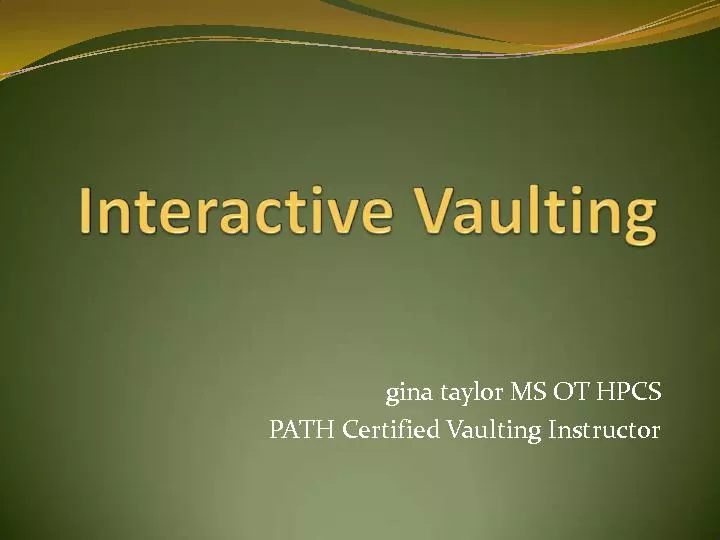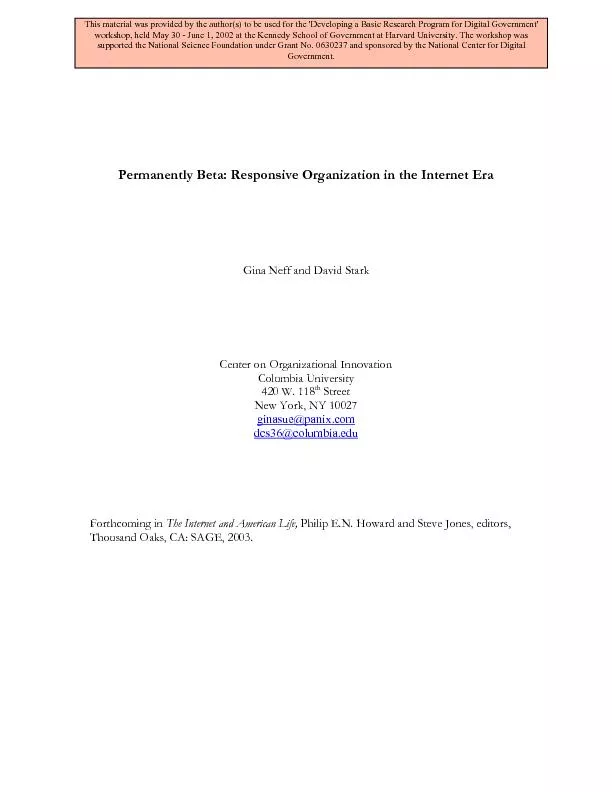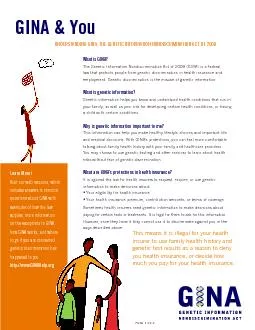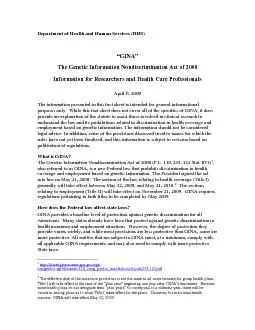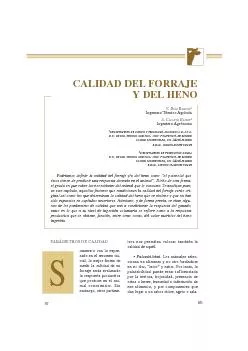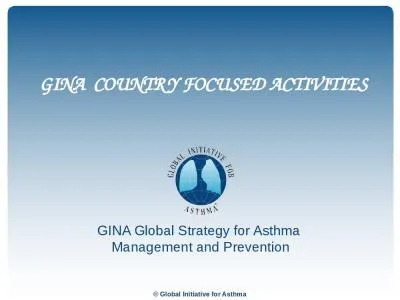PPT-DISFAGIA d r . GINA ZAHARA,
Author : Hardrocker | Published Date : 2022-08-03
SpKFR 2 Common Terms Dysphagia Also frequently referred to as a swallowing disorder is when it is difficult to swallow Bolus Food or liquid in the mouth that is
Presentation Embed Code
Download Presentation
Download Presentation The PPT/PDF document "DISFAGIA d r . GINA ZAHARA," is the property of its rightful owner. Permission is granted to download and print the materials on this website for personal, non-commercial use only, and to display it on your personal computer provided you do not modify the materials and that you retain all copyright notices contained in the materials. By downloading content from our website, you accept the terms of this agreement.
DISFAGIA d r . GINA ZAHARA,: Transcript
Download Rules Of Document
"DISFAGIA d r . GINA ZAHARA,"The content belongs to its owner. You may download and print it for personal use, without modification, and keep all copyright notices. By downloading, you agree to these terms.
Related Documents

